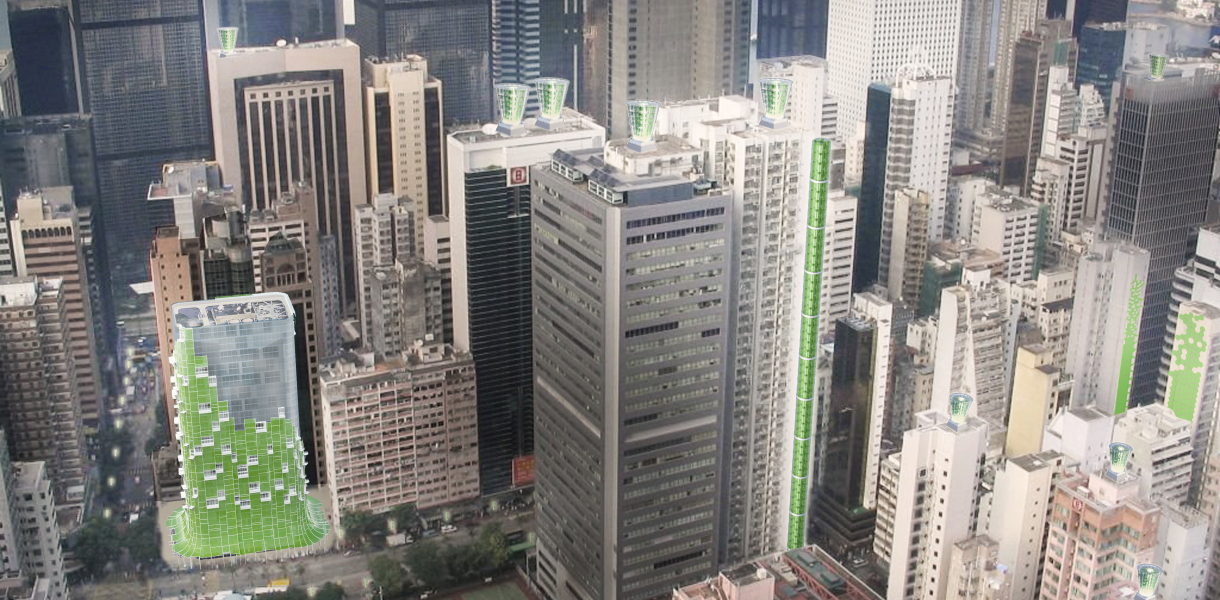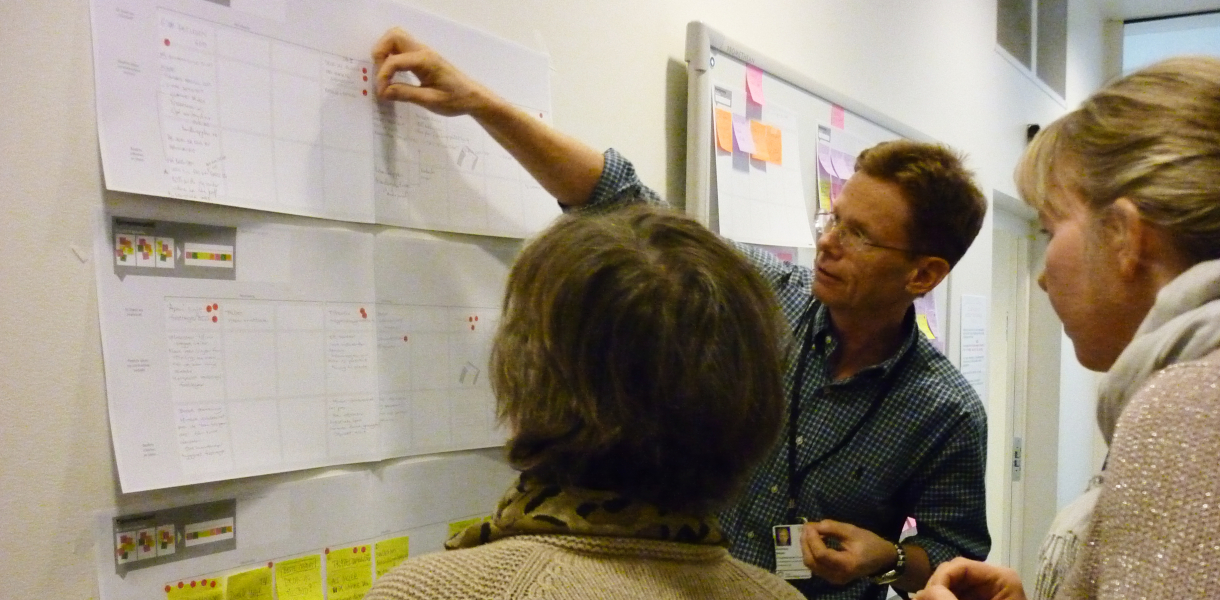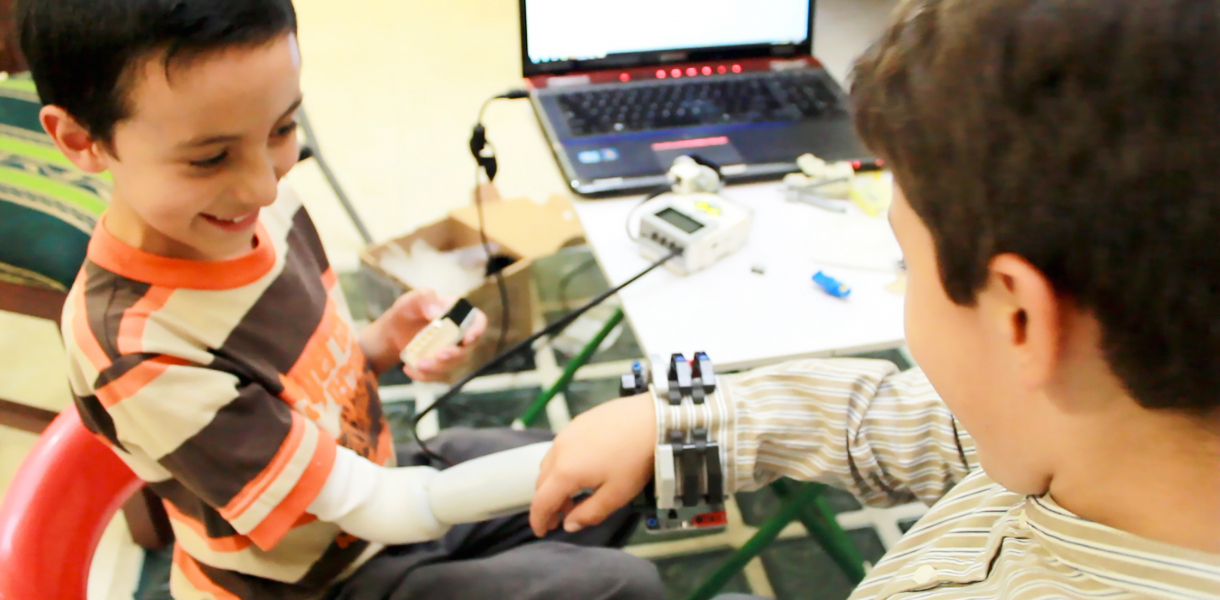An artificial leaf that mirrors nature to generate oxygen out of water and light is opening the door for a number of ground-breaking applications.
Air supply is one of the biggest challenges for scientists and engineers when planning our trips into space. Currently, spacecrafts use costly and complex technologies to split water into hydrogen and oxygen through electrolysis. On earth our plant life provides us with the air we breathe, but while an onboard greenhouse seems like the logical solution for space travel, unfortunately plants can’t live in zero gravity environments. But what if we could design a synthetic version of plants with almost all the same capabilities?
Developed by Julian Melchiorri, The Silk Leaf is the first man-made leaf that can survive in outer space. The leaf consists of chloroplasts extracted from real plant cells suspended in silk fibres with revolutionary molecule-stabilising properties. The outcome is a living and breathing layer that when provided with water and light, can mimic photosynthesis to provide oxygen, and help recycle output gases to reach a closed-loop circulation within a spacecraft.
Requiring very little energy, not only can The Silk Leaf extend the duration of space travel, but also has great potential to improve the air quality on Earth in our urban areas. The leaf technology can be applied to outer façades of buildings to filter outside air to release oxygenated air to inside of buildings.
Designed by
Julian Melchiorri - Italy




